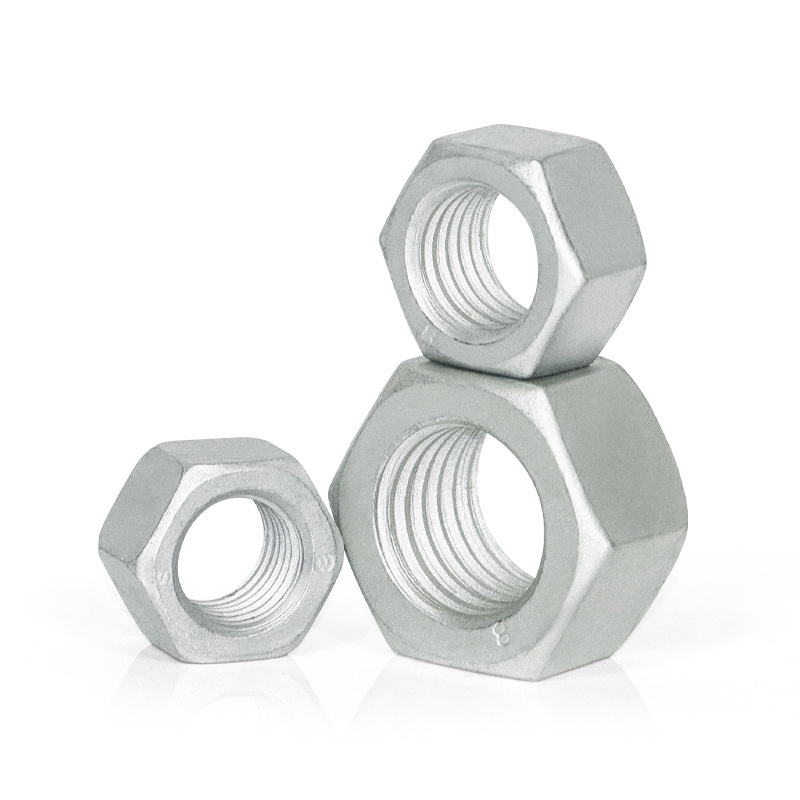

M12 Serrated Washers for Secure Fastening in Various Applications
Nov . 11, 2024 05:12 Back to list
M12 Serrated Washers for Secure Fastening in Various Applications
Understanding M12 Serrated Washers Key Features and Applications
In the world of mechanical engineering and assembly, fasteners play a crucial role in ensuring the integrity and performance of constructed items. Among these, the M12 serrated washer stands out as a component that enhances the reliability of various fastening systems. In this article, we will explore what an M12 serrated washer is, its design features, applications, and why it is an essential part of many assemblies.
What is an M12 Serrated Washer?
An M12 serrated washer is a circular disc with an inner diameter of 12 millimeters, designed to be used with M12 bolts or screws. The serrated aspect refers to the notches or teeth that are usually located on one or both sides of the washer. These serrations create increased friction and improve the grip between the washer and the surface it contacts, which is essential in preventing loosening due to vibrations or applied loads.
Design Features
The serrated washer is typically made from durable materials such as stainless steel, carbon steel, or alloy steel, providing resistance to wear, corrosion, and other environmental factors. The serrations can vary in size and angle, allowing for customization based on specific applications or load requirements. In addition, the flat surface of the washer ensures uniform distribution of load over the area of contact, which helps to prevent damage to the mating surfaces.
One notable feature of the M12 serrated washer is its compatibility with various fasteners apart from just M12 screws and bolts. Depending on the application, it can also be paired with larger or smaller diameter fasteners by utilizing additional washers or spacers as needed.
m12 serrated washer

Applications
M12 serrated washers find their use in a wide range of industries, from automotive and construction to manufacturing and electronics. Their ability to prevent loosening makes them particularly valuable in applications where machinery is subject to constant vibrations, such as
1. Automobiles In car manufacturing, these washers are often used in assemblies where bolts and screws are subjected to significant movement and vibration. 2. Heavy Machinery Construction equipment, agricultural machines, and other heavy-duty applications often utilize serrated washers to ensure bolts remain tight under harsh conditions. 3. Electronics In electronic devices, maintaining the integrity of assemblies is critical, and serrated washers help prevent components from loosening over time due to thermal or mechanical stress. 4. Railways and Aerospace In high-stakes environments where safety is paramount, companies rely on serrated washers to ensure that components remain secure.
Advantages of Using M12 Serrated Washers
- Vibration Resistance The primary benefit of using serrated washers is their ability to resist loosening caused by vibrations. This reliability makes them an ideal choice in applications where movement and shocks are common. - Load Distribution The design of the washer allows for improved load distribution, reducing the risk of stress concentrations which can lead to failure. - Corrosion Resistance Depending on the material chosen, serrated washers can provide excellent resistance against corrosion, which is vital for applications in harsh environments. - Cost-Effectiveness Given their effectiveness in preventing fastener loosening, using M12 serrated washers can reduce maintenance costs over time by minimizing the need for frequent retightening.
Conclusion
Overall, the M12 serrated washer is a simple but essential component in many mechanical assemblies. Its unique design enhances the performance of fasteners, providing solutions to common problems associated with loosening under load and vibrations. As technology and engineering continue to evolve, the role of such fasteners will only become more critical, underscoring the importance of understanding and utilizing effective components like the M12 serrated washer in various applications. Whether in automotive, aerospace, or industrial settings, these washers are indispensable for ensuring the safety and longevity of assemblies.
Latest news
-
High-Strength Hot Dip Galvanized Bolts - Hebei Longze | Corrosion Resistance, Customization
NewsJul.30,2025
-
Hot Dip Galvanized Bolts-Hebei Longze|Corrosion Resistance&High Strength
NewsJul.30,2025
-
High-Strength Hot-Dip Galvanized Bolts-Hebei Longze|Corrosion Resistance&High Strength
NewsJul.30,2025
-
Hot Dip Galvanized Bolts-Hebei Longze|Corrosion Resistance&High Strength
NewsJul.30,2025
-
Hot Dip Galvanized Bolts - Hebei Longze | Corrosion Resistance, High Strength
NewsJul.30,2025
-
High-Strength Hot Dip Galvanized Bolts-Hebei Longze|Corrosion Resistance, Grade 8.8
NewsJul.30,2025

